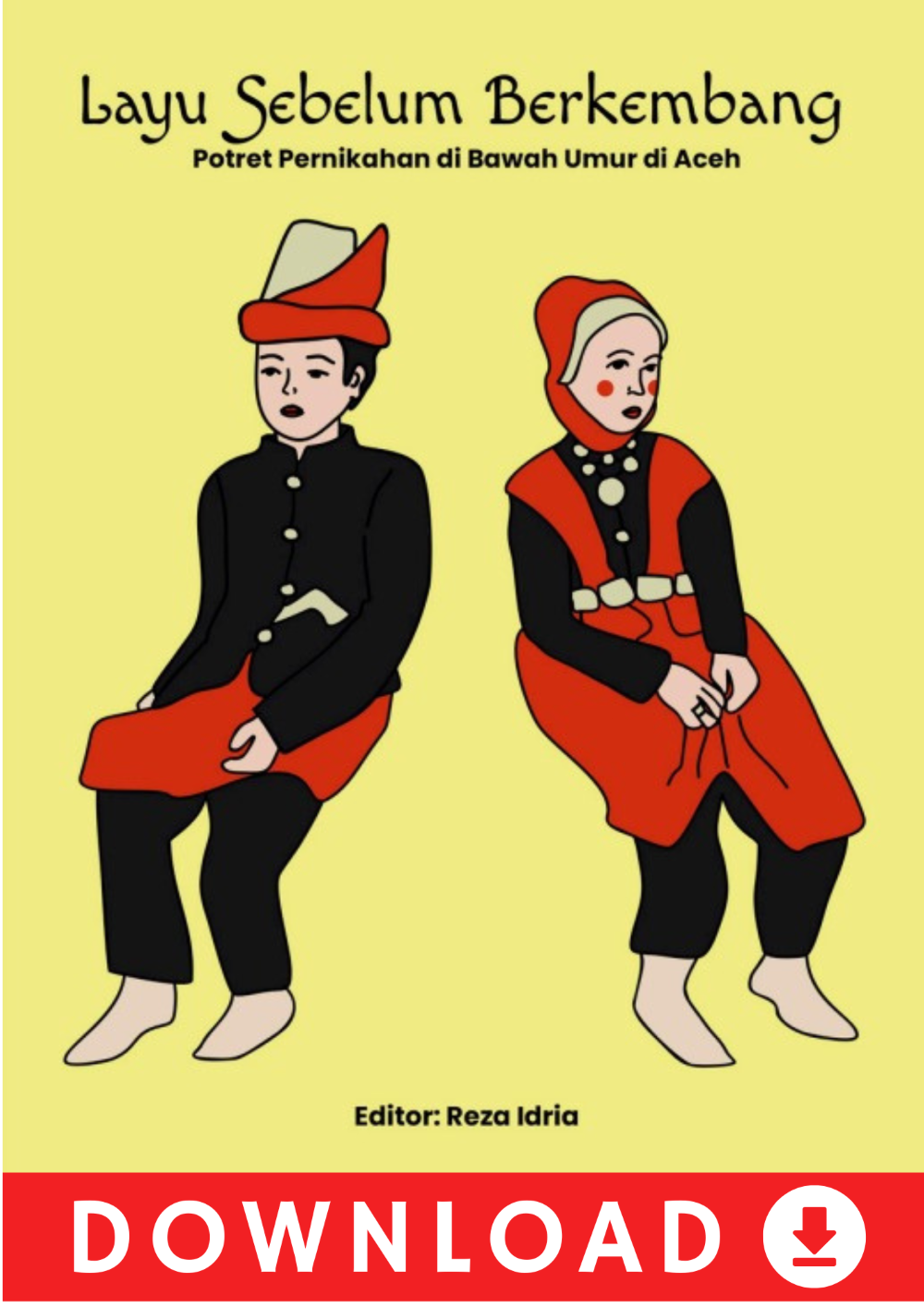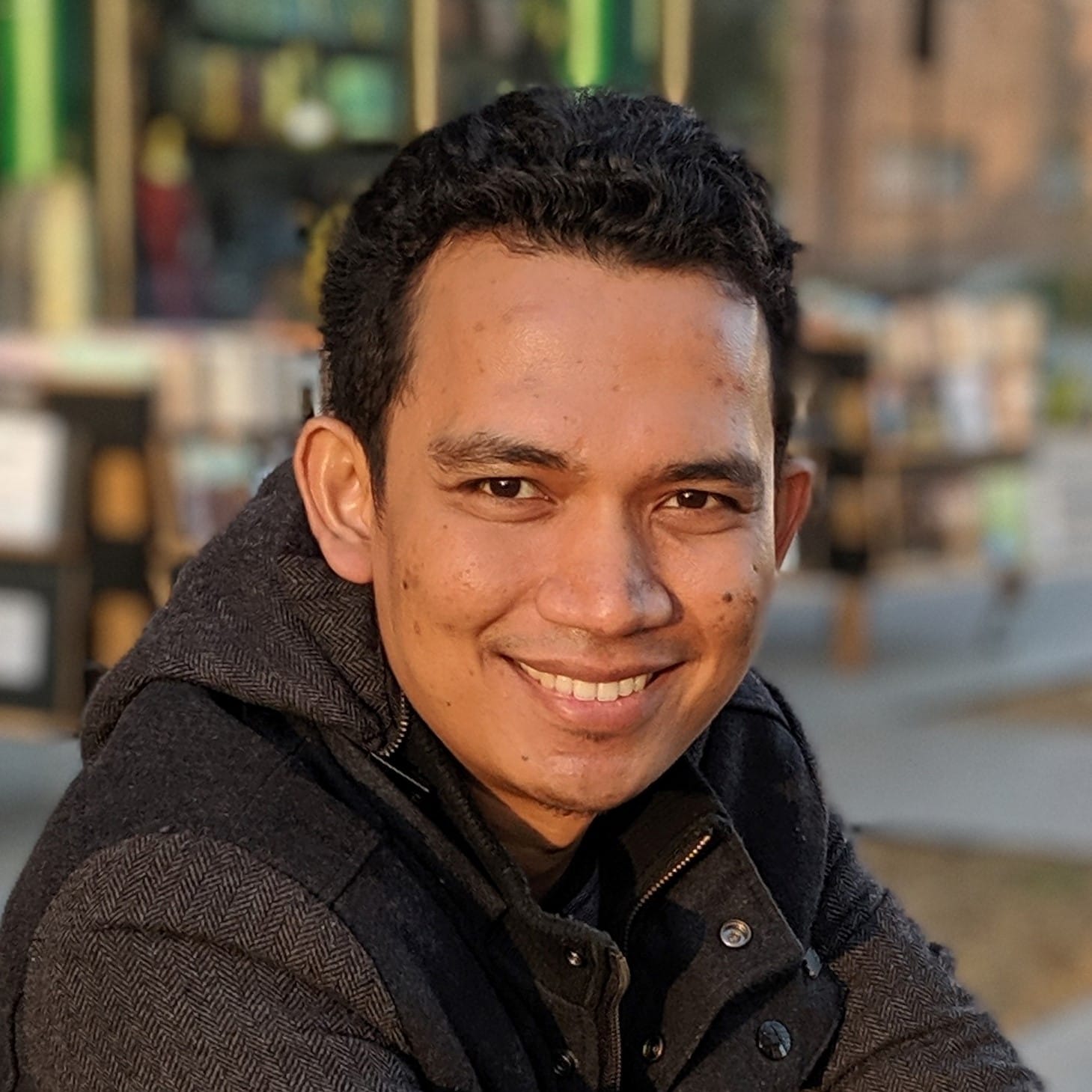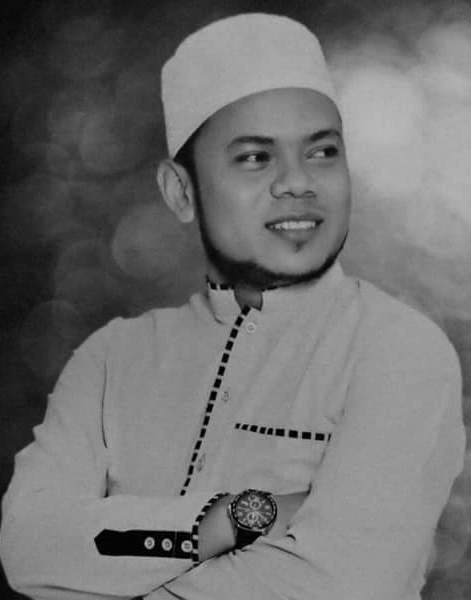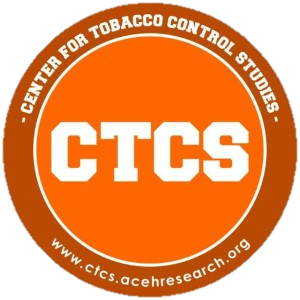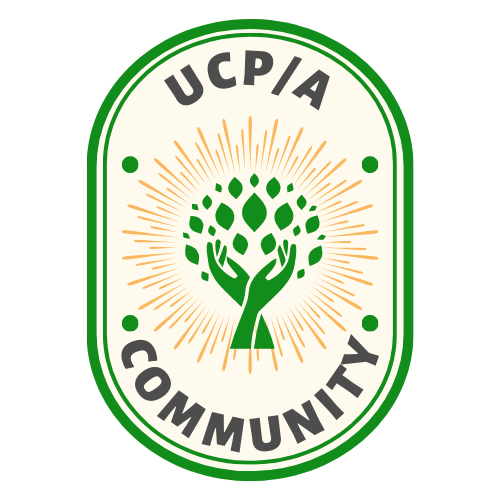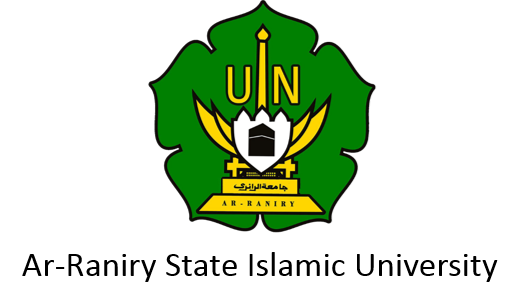
The Great East Japan Earthquake and Tsunami produced many deaths at Okawa Elementary School in Ishinomaki, Miyagi.
Because what happened there at the time of the disaster was unclear, it has been reconstructed through testimonies, which created different collective memories in the forms of narratives and exhibits.
In this paper, I argue that because these collective memories contain ambiguity, contradiction, wrong information, and untold facts, they are polyphonic and negotiate with other memories.
Visits to the remains with such memories allow for dynamic, active, and dialogic learning in tourism.


